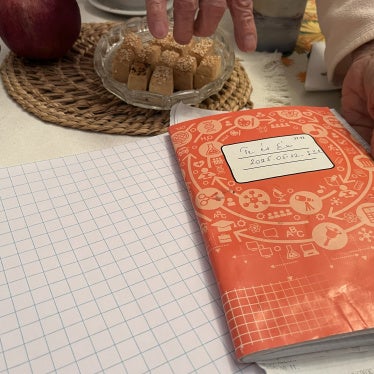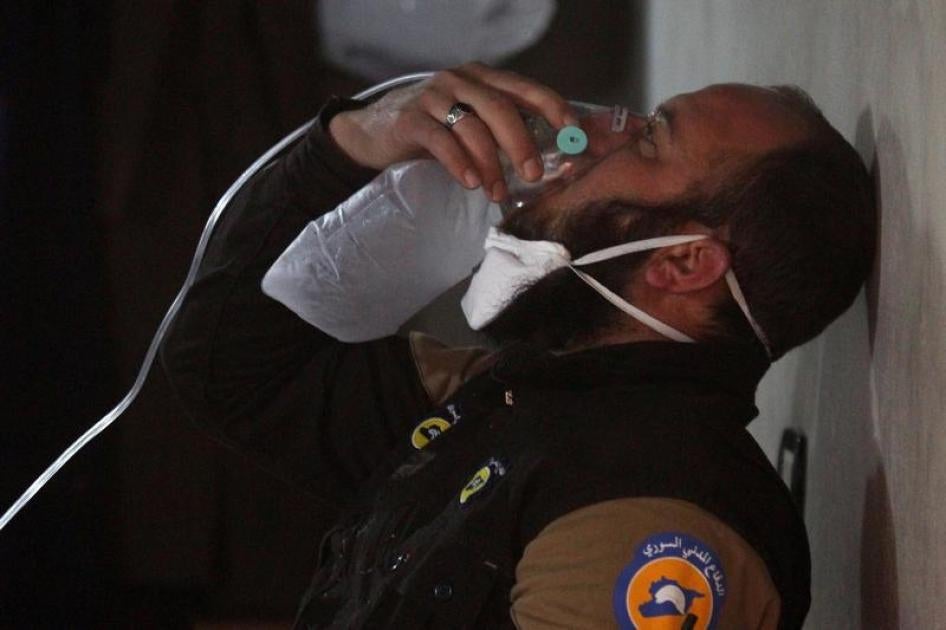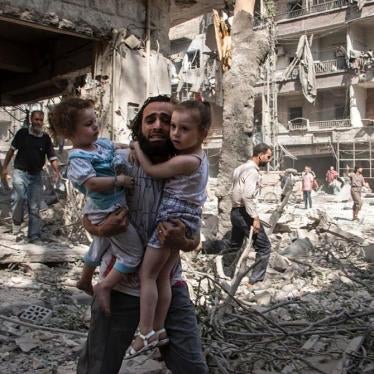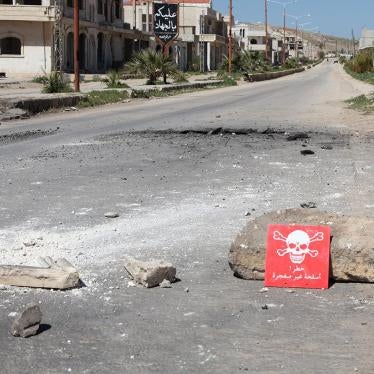The Organisation for the Prohibition of Chemical Weapons (OPCW) released yesterday its report on the April 4 chemical attack on Khan Sheikhoun in northern Syria that killed at least 90 people. The OPCW concluded the attack used sarin, a nerve agent, or sarin-like substances, confirming what Human Rights Watch reported in May.
I read the report while in Syria interviewing witnesses of another attack that has barely received any attention even though it also appears to have involved a nerve agent. In a town near Raqqa, I met two villagers from Jrouh, a village in the Hama countryside, who described experiencing symptoms consistent with exposure to a nerve agent after an aircraft – believed to be part of the Syrian air force – dropped a munition on the village in December 2016. Two medical personnel I met near Raqqa also confirmed that injured people from the attacks exhibited symptoms consistent with exposure to a nerve agent, saying that a hospital in then-ISIS controlled Tabqa received between 60 and 70 patients.
Based on interviews with several witnesses, Human Rights Watch reported on these attacks in May, but they have received little attention because they took place in ISIS-controlled territory, which tightly controls communication and bans taking photos. As ISIS loses territory, however, more witnesses are surfacing.
These attacks are important not only because they appear to have killed dozens of civilians, but also because they appear to be the first time Syrian government forces used nerve agents since an attack killed hundreds in Ghouta, near Damascus, in 2013.
These attacks provide important context to the Khan Sheikhoun chemical attack. Syrian and Russian officials have denied that the Syrian government used chemical weapons in the Khan Sheikhoun attack, claiming that a Syrian high-explosive bomb struck chemicals stored on the ground. But evidence that Syrian government forces used nerve agents on multiple occasions makes this explanation implausible.
The Khan Sheikhoun case now goes to the United Nations-OPCW Joint Investigative Mechanism, whose task it is to establish who was responsible for the attack. As more witnesses become available, let’s hope the OPCW will be able to issue strong conclusions on December attacks as well and that the Joint Investigative Mechanism considers this pattern of attacks when assessing responsibility for chemical weapon use in Syria.
|
Dispatches
The Forgotten Chemical Attacks in Syria
OPCW Releases Report on Khan Sheikhoun April Attack
Your tax deductible gift can help stop human rights violations and save lives around the world.
Region / Country
Topic
Most Viewed
-
November 25, 2019
A Dirty Investment

-
January 12, 2026
Iran’s Internet Blackout Concealing Atrocities

-
January 14, 2026
Inadequate Pensions for Older People in Hungary

-
March 29, 2021
“Everything I Have to Do is Tied to a Man”

-
September 20, 2017
Iraq/KRG: 1,400 Women, Children From ISIS Areas Detained





